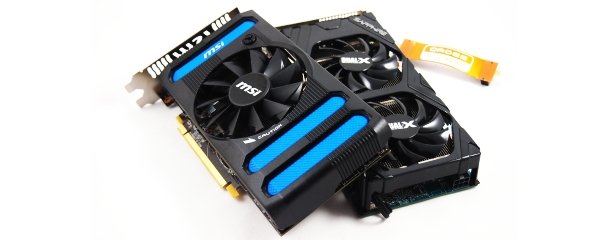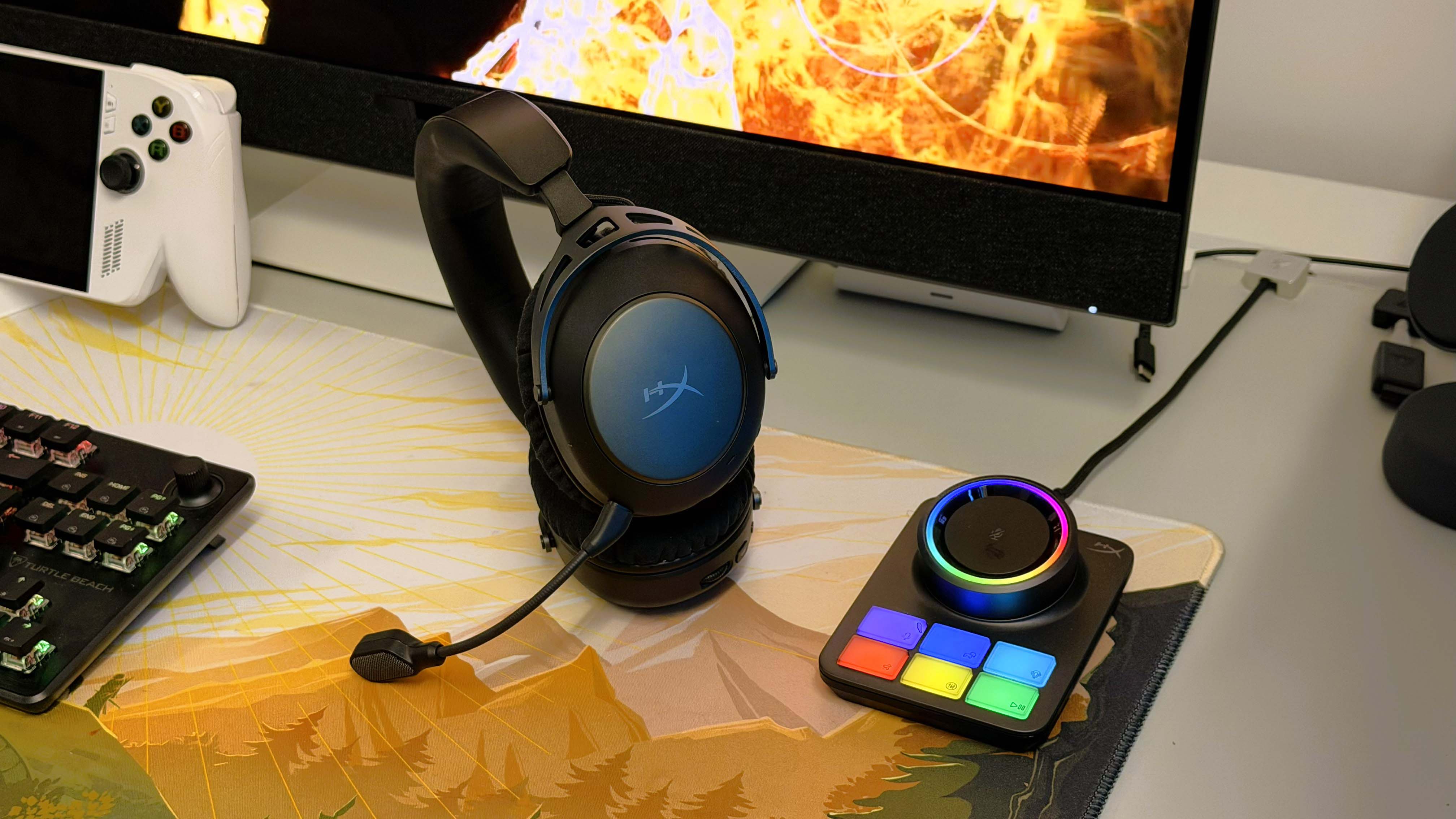HD 7850 1GB CrossFire benchmarked: this generation's best multi-GPU buy

Recently I've been spending my days (and some fevered night's dreams) benchmarking pretty much every GPU from this latest generation of graphics cards. One card has stood out as the absolute best. We've been recommending the standard 2GB HD 7850 as the go-to graphics card of today, as its combination of impressive price-point and brilliant 1080p performance is tough to argue against. But I've been playing around with the slightly-hobbled 1GB version recently and I've got to say I barely notice the difference from the halved frame buffer.
You'd think that in the high-resolution stakes, where the 2GB HD 7850 performed surprisingly well itself, this 1GB version would struggle. But the GPU itself taps out before the lack of graphics memory actually has an impact on performance.
For £120 then the HD 7850 1GB is an absolute bargain. So, what if you get a pair of them in your rig?
Traditional logic dictates that you really ought to buy the very best single graphics card you can afford, but the sort of performance I've been seeing from this budget pairing really does throw the silicon cat among silicon pigeons.
Benchmarks:
Batman: Arkham City (1080p, top settings)
- AMD HD 7850 1GB Crossfire - 103FPS
- AMD HD 7970 GHz Edition - 105FPS
- Nvidia GTX 680 - 109FPS
DiRT Showdown (1080p, top settings)
Keep up to date with the most important stories and the best deals, as picked by the PC Gamer team.
- AMD HD 7850 1GB Crossfire - 102
- AMD HD 7970 GHz Edition - 92
- Nvidia GTX 680 - 74
Max Payne 3 (1080p, top settings)
- AMD HD 7850 1GB Crossfire - 59
- AMD HD 7970 GHz Edition - 59
- Nvidia GTX 680 - 53
Shogun 2 (1080p, top settings)
- AMD HD 7850 1GB Crossfire - 90
- AMD HD 7970 GHz Edition - 89
- Nvidia GTX 680 - 85
The fact this £240 setup can best a £391 card (the EVGA GTX 680 Signature 2) is impressive. Saving £150 for the same sort of performance is nothing to be sniffed, snorted or snotted at.
That said, there are caveats here.
Operating a multi-GPU setup is still not for the faint of heart. It's a doddle to set up these days, all you need to do is plug the cards in with a CrossFire ribbon cable and the software will do the rest automatically. Sadly, though, not all game engines play nice with multiple graphics cards in one system, and this is especially evident on launch day of particular games. You may need to wait a week or two before the manufacturers or devs actually release a patch to enable you to get the most out of your twin GPUs. If they ever release a patch/graphics profile at all.
I've seen problems in these tests here. Max Payne 3 is especially worrisome as it seems to demand double the frame buffer when CrossFire is enabled, meaning you have to tweak the setup files in Windows to get the settings you want. And then it suffers at 2560x1600, performing noticeably slower than it would if just a single 1GB HD 7850 were installed.
So, while the performance of this bargain setup is magnificent in most instances - especially at 1080p - multi-GPU rigs tend to need a little more tweaking than a standard single card setup.

Dave has been gaming since the days of Zaxxon and Lady Bug on the Colecovision, and code books for the Commodore Vic 20 (Death Race 2000!). He built his first gaming PC at the tender age of 16, and finally finished bug-fixing the Cyrix-based system around a year later. When he dropped it out of the window. He first started writing for Official PlayStation Magazine and Xbox World many decades ago, then moved onto PC Format full-time, then PC Gamer, TechRadar, and T3 among others. Now he's back, writing about the nightmarish graphics card market, CPUs with more cores than sense, gaming laptops hotter than the sun, and SSDs more capacious than a Cybertruck.

